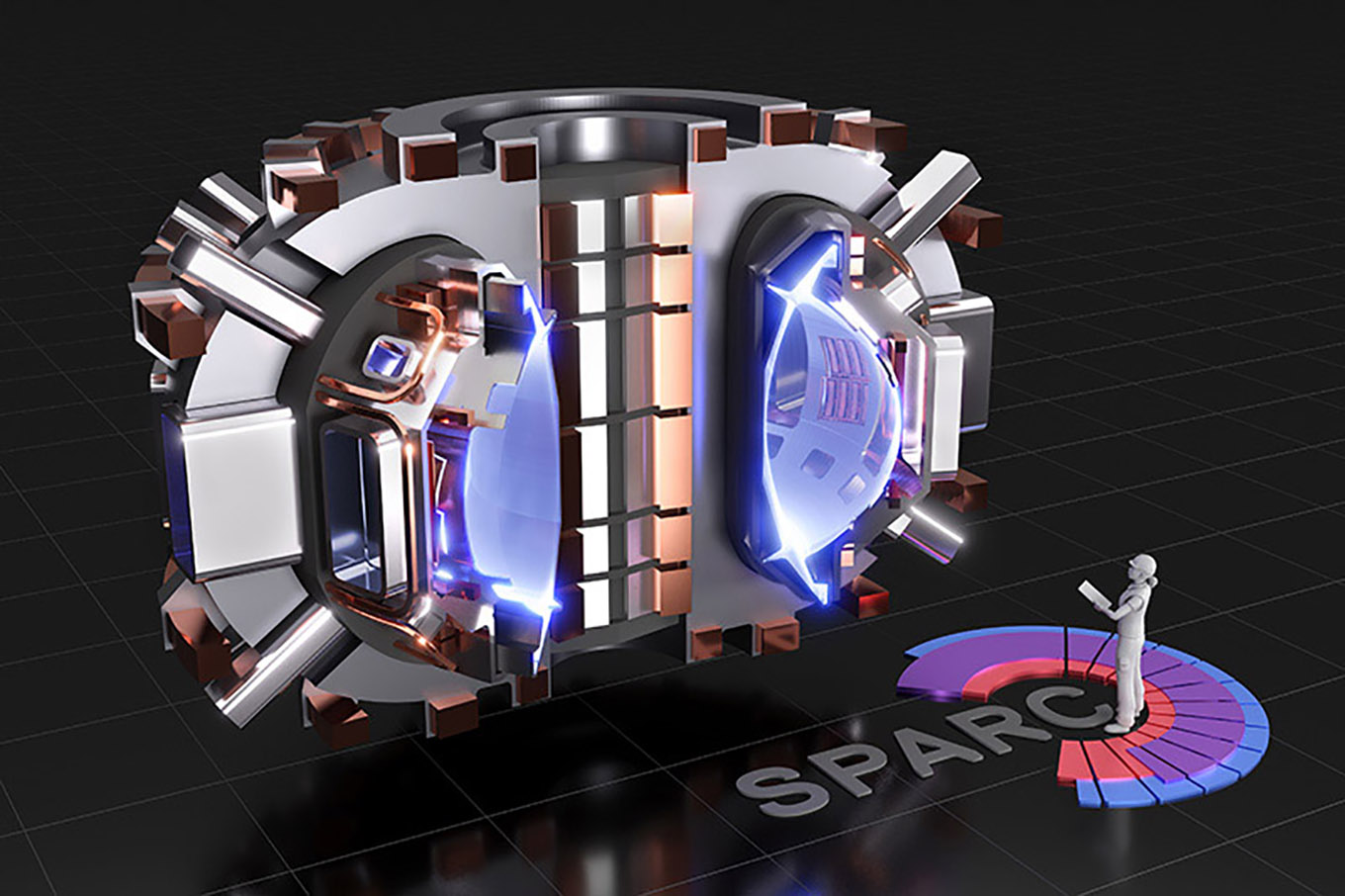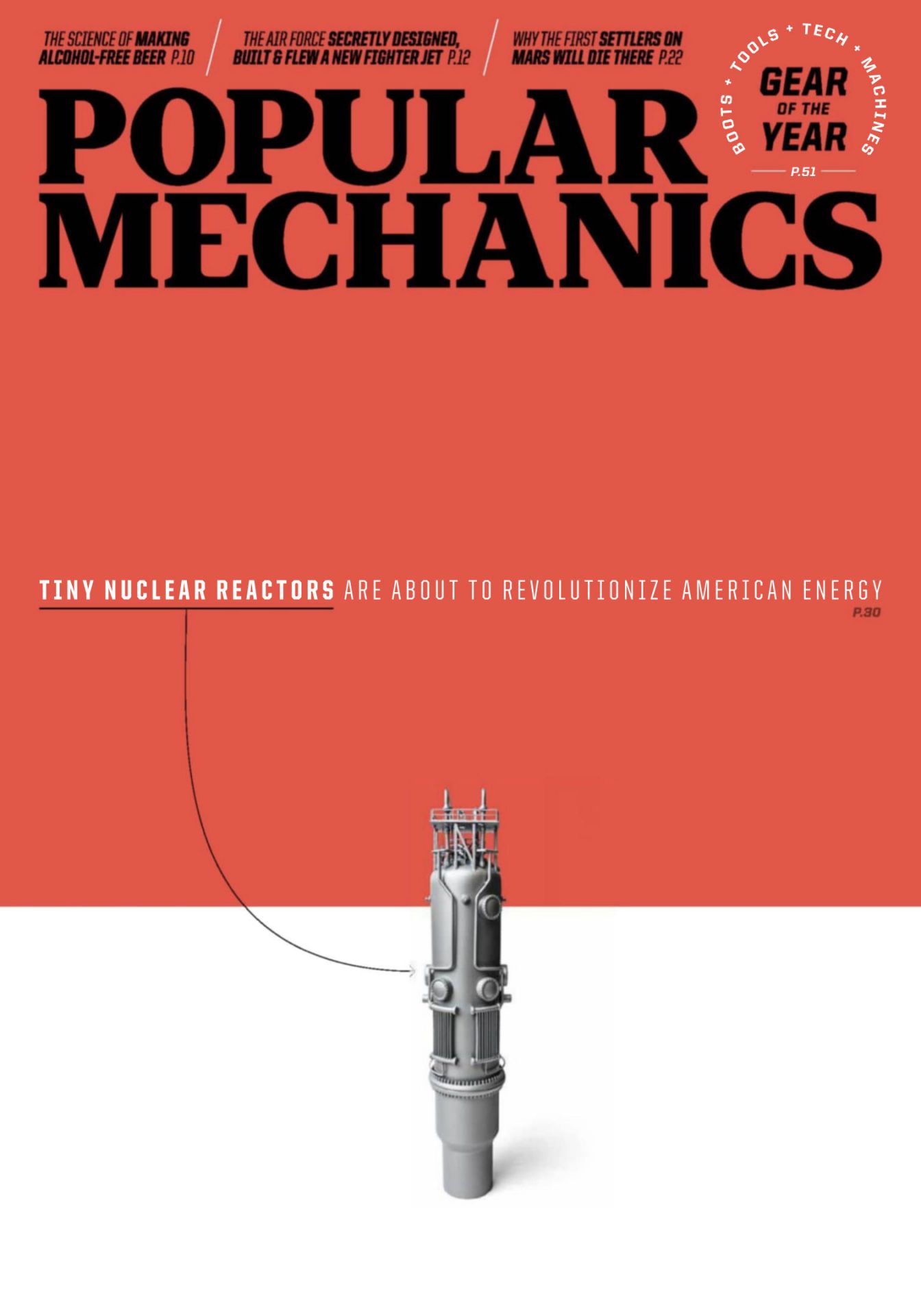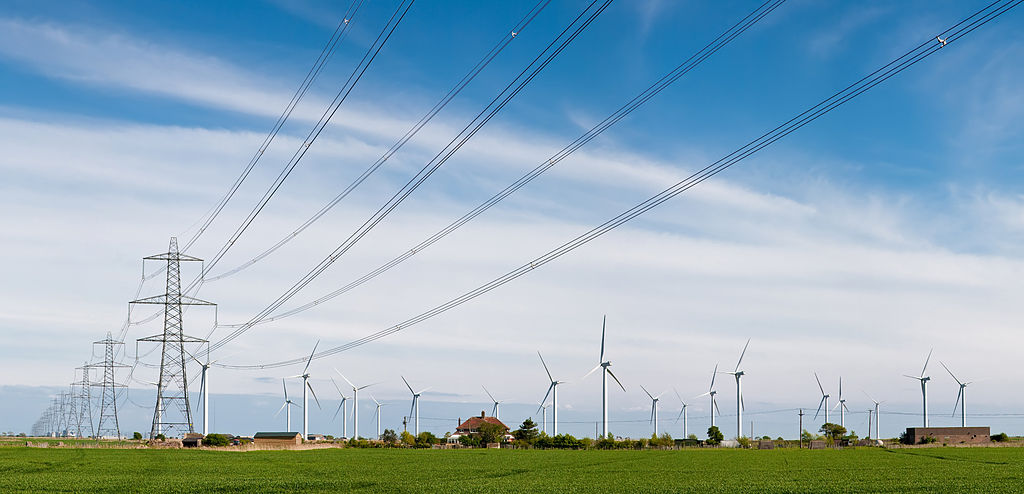Schmidt award recipient discusses her interest in nuclear science and technology

Delbert
This year’s recipient of ANS’s Darlene Schmidt Science News Award is Caroline Delbert, a contributor to the Popular Mechanics magazine and website. The Schmidt Award seeks out journalists and science writers who demonstrate keen effort to report on the work of professionals in the field of nuclear science and technology. In her writing for Popular Mechanics, Delbert regularly covers nuclear, with a focus on advanced reactor designs, fusion energy, nuclear space technology, and non-energy applications of nuclear technology and radiation. This year alone she has published dozens of articles on those topics, and thanks to Popular Mechanics’ cross-publishing across Esquire, Men’s Health, MSN, Yahoo! News, and other platforms, Delbert’s dispatches on nuclear science and technology have reached a wider audience than a nuclear energy beat reporter at a financial website or trade publication could ever reach.



 The January/February 2021 issue of
The January/February 2021 issue of 